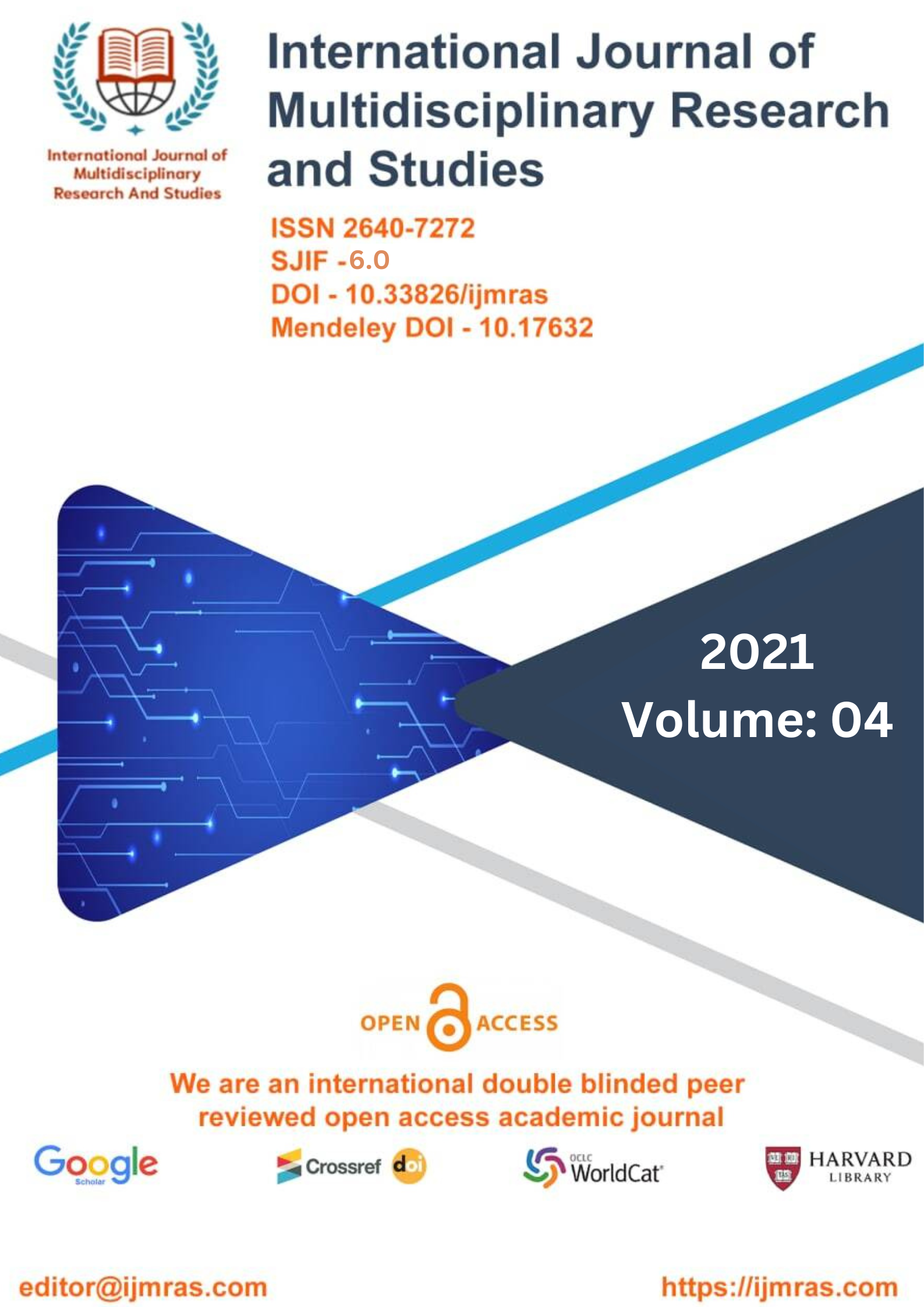MODELING A VEHICLE’S SECURITY IN AN AUTONOMOUS VEHICLE SYSTEM

Abstract
It is very likely that the future of transportation will consist of automated vehicle systems. Many cars now have the capability to connect with one another through the use of a wireless channel thanks to the development of vehicle ad-hoc networks (VANETS). The real time application of a vehicle platoon, in which 8-25 cars follow one another and mimic the actions performed by the vehicle in front of it, is relatively new. However, the concept of a vehicle platoon was first introduced in 1986 as part of a project called PATH (Partners for Advanced Transit and Highways) that demonstrated the advantages of a vehicle platoon. Both a Cyber-Physical System (CPS) and an Internet of Things (IoT) system can be construed to refer to the same thing: an autonomous vehicle. [Cyber-Physical System] Cyber-Physical Systems (CPS) are sophisticated, heterogeneous, distributed systems that generally consist of a large number of sensors and actuators that are connected to a pool of processing nodes.
Keywords
Vehicle’s, Security, Autonomous, Cyber-Physical Systems, Heterogeneous, VANETSHow to Cite
References
Ulrich Lang and Rudolf Schreiner. Managing security in intelligent transport sys- tems. In Proceedings of the 2015 IEEE 18th International Conference on Intelligent Transportation Systems, ITSC ’15, pages 48–53, Washington, DC, USA, 2015. IEEE Computer Society.
S. E. Shladover. The california path program of ivhs research and its approach to vehicle-highway automation. In Intelligent Vehicles ’92 Symposium., Proceedings of the, pages 347–352, Jun 1992.
Wasef and X. Shen. Ppgcv: Privacy preserving group communications protocol for vehicular ad hoc networks. In 2008 IEEE International Conference on Communi- cations, pages 1458–1463, May 2008.
Z. Sun, B. Zan, J. Ban, M. Gruteser, and P. Hao. Evaluation of privacy preserving algorithms using traffic knowledge based adversary models. In 2011 14th International IEEE Conference on Intelligent Transportation Systems (ITSC), pages 1075–1082, Oct 2011.
D. Huang, S. Misra, M. Verma, and G. Xue. Pacp: An efficient pseudonymous authentication-based conditional privacy protocol for vanets. IEEE Transactions on Intelligent Transportation Systems, 12(3):736–746, Sept 2011.
Charlie Miller and Chris Valasek. Remote exploitation of an unaltered passenger vehicle. in DefCon, Aug 2015.
K. Koscher, A. Czeskis, F. Roesner, S. Patel, T. Kohno, S. Checkoway, D. McCoy,
B. Kantor, D. Anderson, H. Shacham, and S. Savage. Experimental security analysis of a modern automobile. In 2010 IEEE Symposium on Security and Privacy, pages 447–462, May 2010.
Stephen Checkoway, Damon McCoy, Brian Kantor, Danny Anderson, Hovav Shacham, Stefan Savage, Karl Koscher, Alexei Czeskis, Franziska Roesner, and Tadayoshi Kohno. Comprehensive experimental analyses of automotive attack surfaces. In Pro- ceedings of the 20th USENIX Conference on Security, SEC’11, pages 6–6, Berkeley, CA, USA, 2011. USENIX Association.
Y. J. Abueh and H. Liu. Message authentication in driverless cars. In 2016 IEEE Symposium on Technologies for Homeland Security (HST), pages 1–6, May 2016.
G. Patounas, Y. Zhang, and S. Gjessing. Evaluating defense schemes against jamming in vehicle platoon networks. In 2015 IEEE 18th International Conference on Intelligent Transportation Systems, pages 2153–2158, Sept 2015.
License
Copyright (c) 2021 Manish Kumar

This work is licensed under a Creative Commons Attribution 4.0 International License.
Individual articles are published Open Access under the Creative Commons Licence: CC-BY 4.0.



